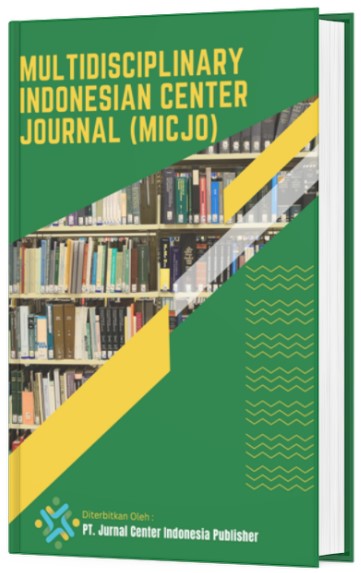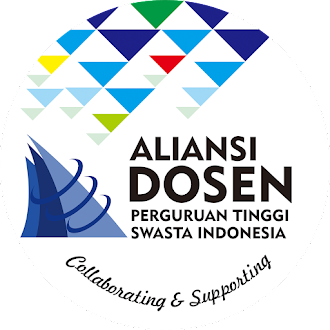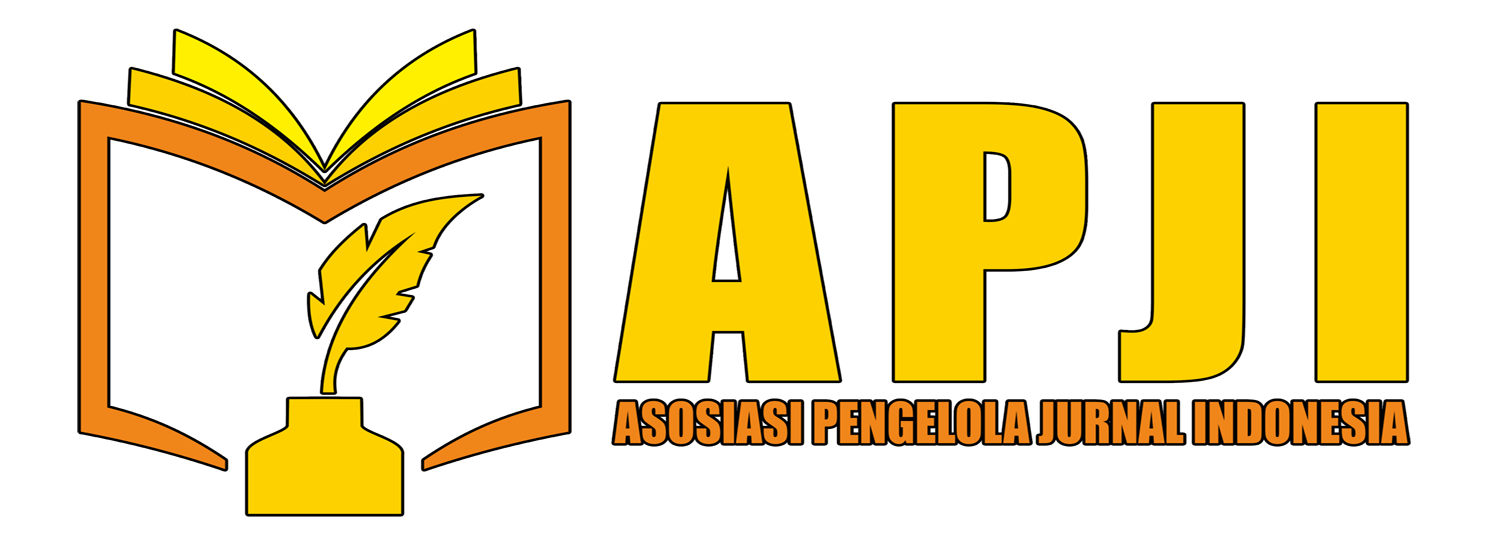GASTRONOMIC ANALYSIS OF TRADITIONAL CHOI PAN AS A TOURISM ATTRACTION IN SINGKAWANG CITY – WEST BORNEO
DOI:
https://doi.org/10.62567/micjo.v2i3.1007Keywords:
Choi Pan, Gastronomy, Tourism Attraction, SingkawangAbstract
Choi Pan is a traditional dish originating from Singkawang City, West Kalimantan. This study aimed to analyze the gastronomic components of traditional Choi Pan food as a gastronomic tourism attraction in Singkawang City, West Kalimantan. This research adopted a qualitative methodology using observation, interviews, and documentation to determine many aspects of gastronomy. The results of the study showed that Choi Pan has significant allure due to its rich heritage and the innovative used of ingredients like as jicama, chives, taro, bamboo shoots, and young papaya, which provided a tender, chewy texture and a savory-sweet flavor. The unique consuming experience was enhanced by an addition of chili sauce and garlic oil, which intensify the sensory experience and strengthen the connection between entrepreneurs and Choi Pan lovers. The nutritional benefits of Choi Pan contributed to the survival of this dish within a healthy local culture. The results indicated that the success of establishing Choi Pan as a culinary tourist destination depended not just on its flavor and texture, but also on its sustainability of its fundamental philosophy and culture. Consequently, enhancing gastronomy qualities was anticipated to augment the appealing factor of gastronomic tourism, facilitated cultural preservation and regional economic growth via the promotion of culture-centric gastronomic tourism.
Downloads
References
Andriana, Maria, and Heni Widyaningsih. 2023. “Metode Pengolahan Chicken Maryland Pada Menu a’La Carte Western Food Di Crystal Lotus Hotel Yogyakarta.” Jurnal Ilmiah Pariwisata Dan Perhotelan)-JN 6(1):2597–5323.
Caria Ningsih, and Dewi Turgarini. 2020. “Preservation and Development of Kampung Nikmat As Tourist Destination for Sunda Gastronomy Cultural Heritage.” Tourism Scientific Journal 5 Nomor 2:266–76.
Davina, Shiranindita. 2021. “Sajian Kuliner Peranakan Tionghoa Di Pontianak Kalimantan Barat.” Hospitality Pariwisata 11(1):1–14.
Kemenparekraf/Baparekraf RI. 2023. “Siaran Pers : Jumpa Pers Akhir Tahun, Kemenparekraf Paparkan Capaian Kinerja Di Sepanjang 2023.” Kementerian Pariwisata Dan Ekonomi Kreatif/ Badan Pariwisata Dan Ekonomi Kreatif Republik Indonesia. di unduh November 21, 2024 (https://kemenparekraf.go.id/berita/siaran-pers-jumpa-pers-akhir-tahun-kemenparekraf-paparkan-capaian-kinerja-di-sepanjang-2023).
Ketaren, Betha. 2021. "Gastronomi Upaboga Indonesia." Jakarta, AGASI. Diunduh 23 November, 2024. https://elib-ipbi.id/index.php?p=show_detail&id=2991&keywords=.
Ketaren, Betha. 2021. “Spektrum Politik Gastronomi Indonesia.” Jakarta, AGASI. Diunduh 21 November, 2024. https://elib-ipbi.id/index.php?p=show_detail&id=2990&keywords=.
Murtadlo, Muhamad. 2013. “Budaya Dan Identitas Tionghoa Muslim Di Kalimantan Barat.” Jurnal Lektur Keagamaan 11(2):281–308. Diunduh 24 Maret, 2025.
Ningrum, Fitri Cahya, Dewi Turgarini, and Risya Ladiva Bridha. 2021. “Pelestarian Tradisi Nyeruit Sebagai Warisan Gastronomi Kota Bandar Lampung.” The Journal Gastronomy Tourism 1(2):85–95. doi: 10.17509/gastur.v1i2.40575. Diunduh 24 Maret, 2025.
Nugroho, Setyo Prasiyono, and Putu Hardani. 2020. “Gastronomi Makanan Khas Keraton Yogyakarta Sebagai Upaya Pengembangan Wisata Kuliner.” Jurnal Pariwisata 7(1):52–62. Diunduh 4 April 2025.
Parwati, Andi Khofifah Indah. 2022. “Kulturasi Budaya Etnis Tionghoa Terhadap Kuliner Di Makassar (Studi Kasus Mie Titi Pecinan Makassar).” Skripsits (Februari):49–58. Diunduh 19 Mei 2025.
Pokhrel, Sakinah. 2024. “Hubungan Antara Regulasi Emosi dan Job Demand dengan Stres Kerja pada Karyawan PT XY.” Αγαη 15(1):37–48. Diunduh 2 Juni 2025.
Rosanto, Stephanie, and Kallista Kallista. 2023. “1 , 2 1,2.” Hospitality Dan Pariwisata Politeknik Negeri Manado vol 6 no 2:11–17. Diunduh 19 Mei 2025.
Rudiansyah, Rudiansyah, and Tuti Sartika Sijabat. 2022. “Pengaruh Budaya Tionghoa Terhadap Kuliner Di Kota Medan.” Jurnal Cakrawala Mandarin 6(2):486. doi: 10.36279/apsmi.v6i2.110. Diunduh 28 Mei 2025.
Suadnyana, Kadek Nova. 2024. "Siobak Cik Khe Lok: Hibridasi Kuliner Bali Dan Tionghoa Di Kabupaten Buleleng (Sejarah Dan Potensinya Sebagai Media Projek Penguatan Profil Pelajar Pancasila (P5) Di Sma)". Diunduh 17 Juni 2025.
Syabani, Muhammad William, and Arif Rahman Hakim. 2025. “Harmoni Budaya Dalam Rasa : Akulturasi Budaya Tionghoa- Banjar Pada Kuliner Di Kota Banjarmasin.” 3(1):15–28. Diunduh 28 Mei 2025.
Ummarah, Titik. 2020. “Kerjasama Indonesia Dan Malaysia Dalam Mengembangkan Pariwisata Di Kabupaten Sambas Kalimantan Barat Titik Ummaroh.” Jurnal Hubungan Internasional 9:7823–30. Diunduh 24 Desember 2024.
Turgarini, Dewi. 2021. “The Salapan Cinyusu (Nona Helix) as a ‘Creativepreneurship’ Support Model for Gastronomy Tourism in Bandung City. In Promoting Creative Tourism: Current Issues in Tourism Research.” Journal of Tourism Education 3(1):429–37. doi: 10.17509/jote.v3i1.60034. Diunduh 2 Juni 2025.
Turgarini, Dewi., Muhammad Baiquni, And Eni Harmayani. 2018. “Gastronomi Sunda Sebagai Atraksi Wisata Di Kota Bandung" (1):1–2. Diunduh 24 Desember 2024.
Turgarini, Dewi, Diah Novita Evi Sari, Nurlaila Alifah Mustafa, and Pipin Kusumawati. 2024. “Acculturation of Islamic Culture in Food as a Gastronomic Tourism Attraction in Surabaya (Case Study of the Sunan Ampel Area).” The Journal Gastronomy Tourism 11(1):23–35. doi: 10.17509/gastur.v11i1.70780. Diunduh 2 Juni 2025.
Wachyuni, Suci Sandi. 2023. Gastronomi Indonesia Sebagai Identitas Budaya Dan Daya Tarik Wisata. Mata Kata Inspirasi. Diunduh 24 November 2024.
Sari, Wiwik Nirmala , Primus Gadu, And Mahsun. 2023. “Wisata Gastronomi: Mengenal Budaya Dan Sejarah Melalui Makanan Lokal ‘Sate Rembiga’ Di Mataram.” Media Bina Ilmiah 17(9):1–22. Diunduh 25 November 2024.
Downloads
Published
How to Cite
Issue
Section
License
Copyright (c) 2025 Qomara Lamasyilala, Lastiani Warih Wulandari , Pipin Kusumawati

This work is licensed under a Creative Commons Attribution-ShareAlike 4.0 International License.


















